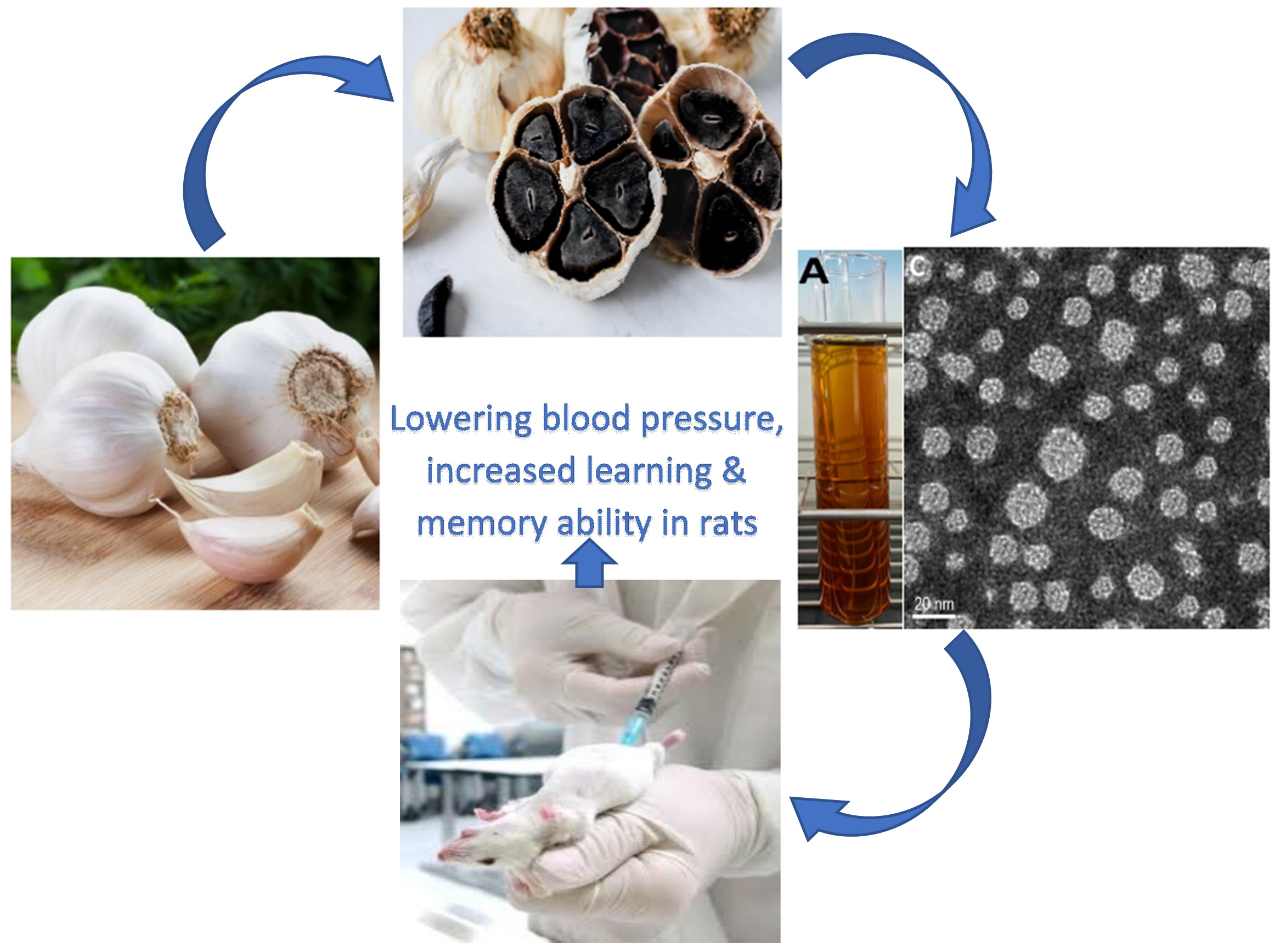Featured Scientist
Author published in "antioxidants" affiliate to
Cing-Huei Chen
Department of Food Science, Fu Jen Catholic University, New Taipei City, Taiwan.
Article published in
Antioxidants (Basel). 2021 Oct; 10(10): 1611
Effects of Black Garlic Extract and Nanoemulsion on the Deoxy Corticosterone Acetate-Salt Induced Hypertension and Its Associated Mild Cognitive Impairment in Rats
Organosulfur compounds, phenolic acids and flavonoids in raw and black garlic were determined, and followed by preparation of black garlic nanoemulsion for studying their effects on deoxycorticosterone acetate-salt-induced hypertension and associated mild cognitive impairment in rats. Three organosulfur compounds, including diallyl sulfide (87.8 μg/g), diallyl disulfide (203.9 μg/g) and diallyl trisulfide (282.6 μg/g) were detected in black garlic by GC-MS, while gallic acid (19.19 μg/g), p-coumaric acid (27.03 μg/g) and quercetin (22.77 μg/g) were detected by UPLC-MS/MS. High doses of both black garlic extract and nanoemulsion prepared using Tween-80, glycerol, grapeseed oil and water could decrease systolic blood pressure through the elevation of bradykinin and nitric oxide levels as well as diminish aldosterone and angiotensin II levels in rats. In Morris water maze test, they could significantly decrease escape latency and swimming distance and increase the time spent in the target quadrant, accompanied by a decline of acetylcholinesterase activity and malondialdehyde level in the hippocampus as well as a rise in glutathione level and activities of superoxide dismutase, catalase and glutathione peroxidase. In addition, the levels of tumor necrosis factor, interleukin-6 and interleukin-1β were reduced. Effects of lowering blood pressure and improving learning/memory ability in rats followed the order: lisinopril > black garlic nanoemulsion > black garlic extract. [Link to this article...]

Keywords: black garlic nanoemulsion; organosulfur compounds; phenolic acids and flavonoids; Morris water maze test; systolic blood pressure; rats
69 views